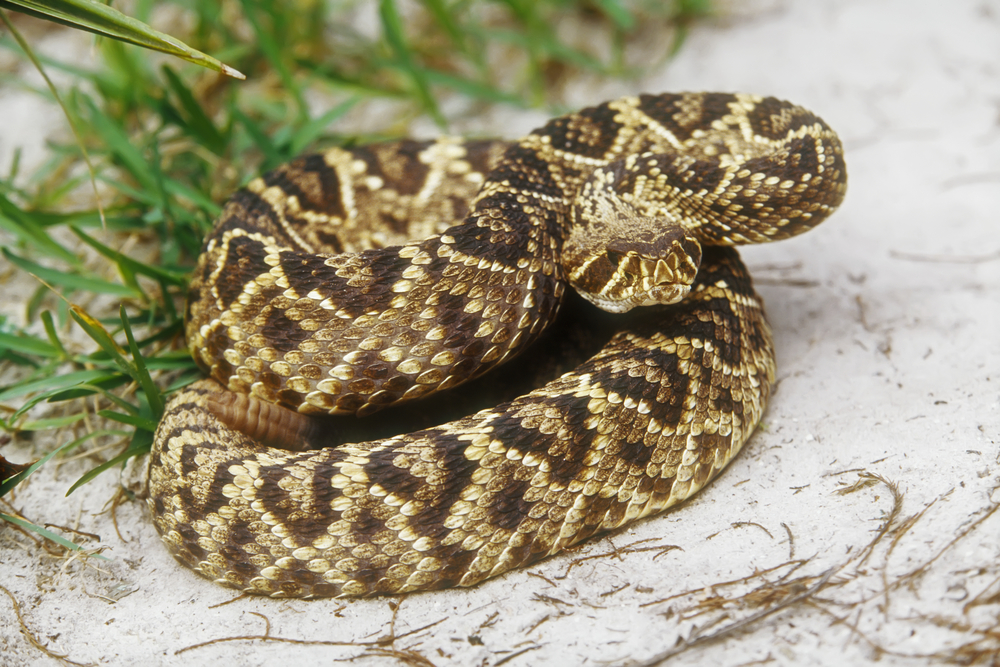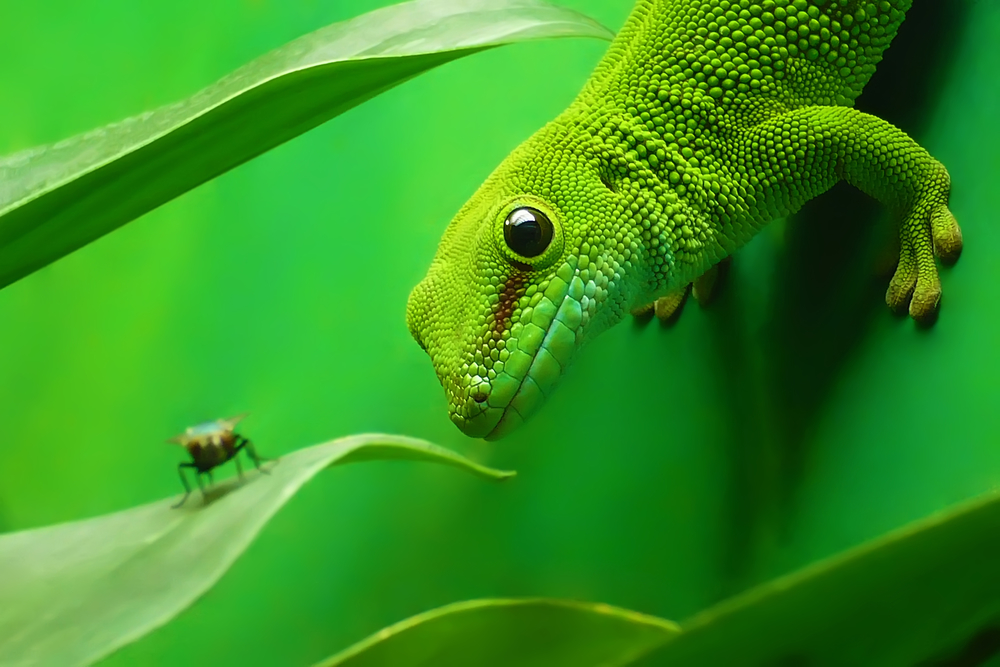For a beginning breeder, getting things just right for your reptiles can be a trial. There is a wealth of sources available to a new breeder; on the internet, in books, and through the wisdom of fellow herp enthusiasts. When in doubt, don’t hesitate to ask for help from breeders and enthusiasts with more experience. Many people love to talk about their hobbies, herpetologists as much as anyone else.
In the meantime, here are some things to ask yourself in regards to you breeding process.
Have you provided your hibernating species enough time in slumber before or after the mating process, Research is the key to success here, but if your reptiles need hibernation as part of their mating pattern, you might not be allowing them enough time.
How many reptiles are living together, Some species of reptiles simply won’t mate if there are too many reptiles in the same space. Some breeders find that keeping the sexes separate is the way to go until it is time to breed. Sometimes the ideal is to have one male and two females to one habitat. Additionally, sometimes it actually helps to have two males in a habitat if they have special mating rituals as it helps stimulate the females. Obviously, research is vital here as well.
How does it feel in the cage, Are you paying special attention to the temperature and weather inside your reptiles’ habitat, The right temperature is a must in order for the reptiles to feel that it is time to mate.
It’s worth mentioning that not all reptiles are as difficult to breed as others, and in fact, reptiles that have been bred in captivity for many generations are less finicky about these conditions then those who are caught in the wild.











